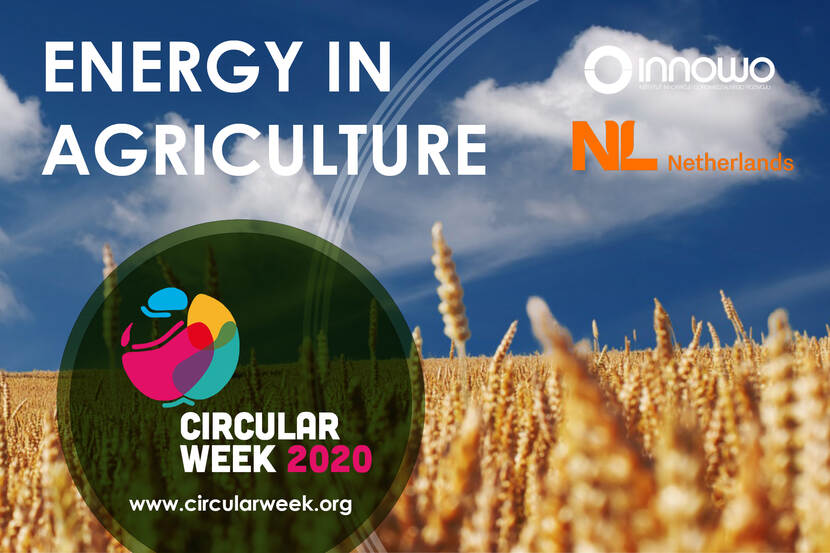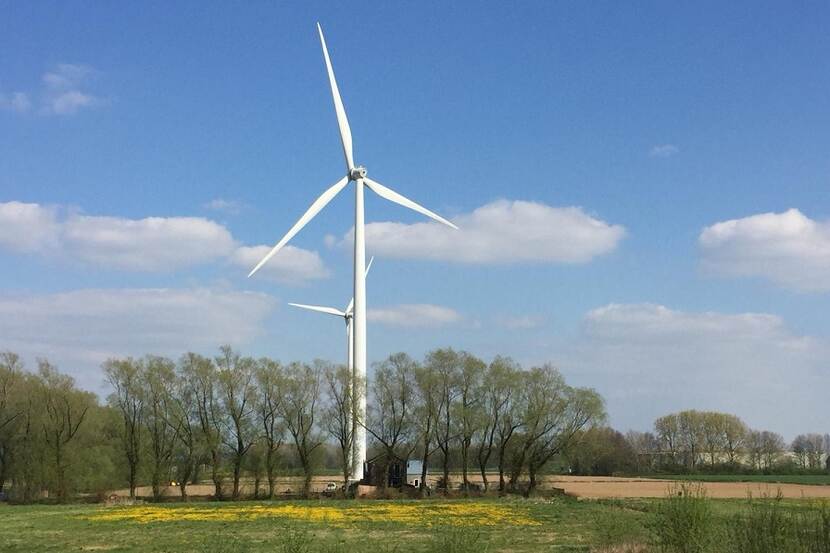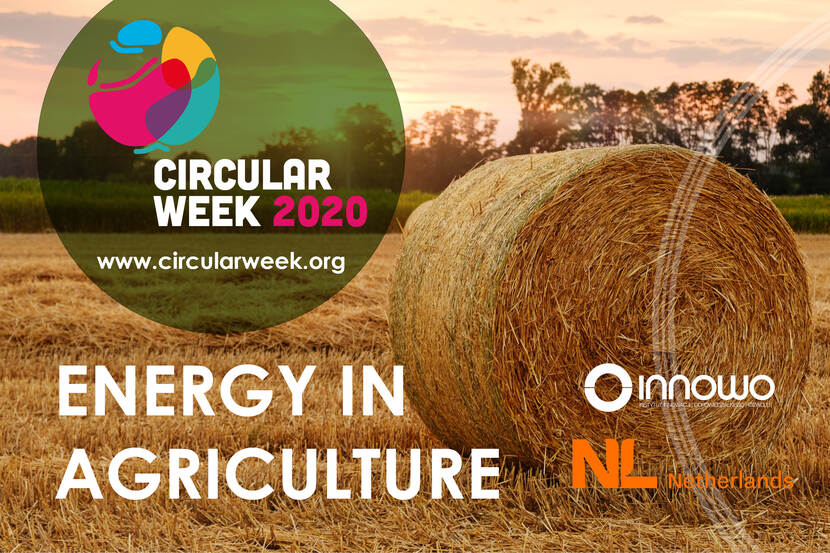Poland: potential of energy in agriculture
… starts with savings. It is the most easy and desirable way to run own business in a climate friendly way and profit from the changes at the same time.

Savings
Saving energy is the most practical and at the same time necessary step towards the energy transition. Energy can be saved by introducing certain modifications to the farm's operations, which also allows for cost savings, increased profitability and more sustainable management.
Energy optimization changes can be made in heated buildings. In any situation where there is a difference between inside and outside temperature, good thermal insulation is an excellent way to save energy. Whether it is worth the investment depends largely on the individual farm situation, but adding insulation to an existing building will be relatively more expensive than adding insulation when building a new barn or warehouse. It is worth remembering when planning the construction of a new building.
Considerable energy savings can also be achieved in the field of lighting. First, you should consider the type of lighting itself. Sunlight can be used successfully during the day if this was taken into account when building the barn. In order to save on electricity bills, it is worth making sure that sunlight reaches buildings as much as possible. What's more, you can reduce energy consumption for lighting by installing skylights on the roofs of, for example, livestock buildings, so that sunlight is used instead of energy.

Sun and wind
The sun is the greatest source of energy available to mankind. A farmer can use solar energy in two ways. The first is the production of electricity through panels photovoltaic. The second option is to build solar collectors directly heating water or air. A hybrid installation can be an effective solution.
Other great solution are wind turbines. They work best in winter and cloudy weather. Turbine produces direct current which is later converted into a current of the appropriate network parameters. A 15 kW wind turbine saves the environment 55.5 t CO2 per year. This is the equivalent of 460,000 km of driving in a passenger car. 3 runtime for both turbines wind and photovoltaic installation is 25 years.
A hybrid installation can be an effective solution. Properly designed wind-solar installation allows for stable energy production throughout the year, thanks to which the farm can gain complete energy independence.

Biogas
Biogas is a gas fuel obtained in the methane fermentation process. Production of biogas may be a new direction of development for Polish farms. The potential of Polish agriculture is the production of biogas equivalent to approximately 5 - 6 billion m3 of natural gas. Biogas can be produced from agricultural by-products, animal manure and residues from agricultural processing.
There are two organizational models for biogas production. The first, called individual, is building small biogas plants to treat waste from one or more farms. This model works in Germany, especially in regions where livestock production is carried out on a large scale. It could function in Poland in the regions of Wielkopolska (pig breeding) and Northern Mazovia and Podlasie (cow breeding). The second model is a centralized production system, in which large biogas plants (over 1 MW) collect waste from many farmers and turn it into biogas. This model is currently working in Denmark. The profitability of a biogas plant in the current market conditions starts from 0.5 MW, which corresponds to approximately 4000 MWh of energy per year. For comparison, wind energy of the same capacity will provide only 1000 MWh.
The article is based on a webinar on energy in agriculture that took place during circular week in October in Poland. The whole webinar you can still watch here.
Advantages of an agricultural biogas plant:
- production of renewable fuel thanks to the anaerobic fermentation process,
- use of animal waste from production,
- reduction of greenhouse gas emissions from manure heaps and open reservoirs,
- low cost of biogas production thanks to the use of waste, for which additional income can be obtained.